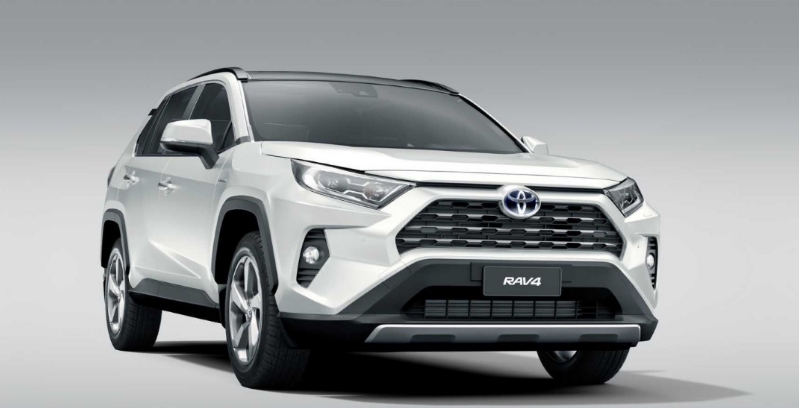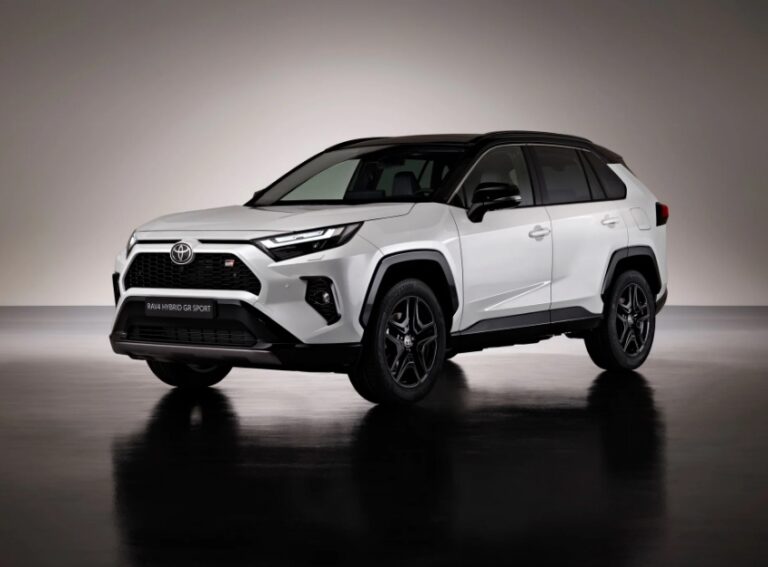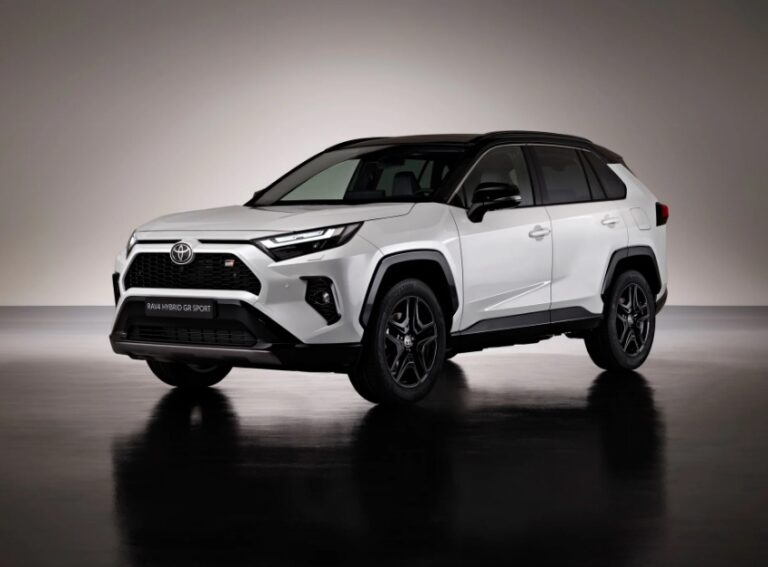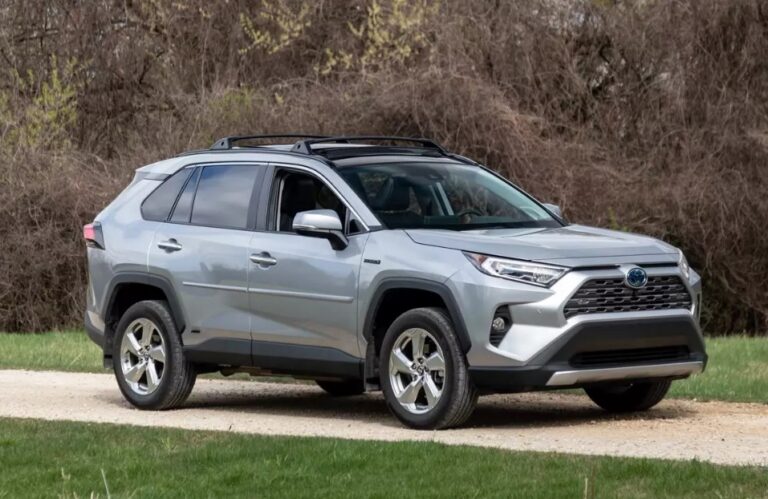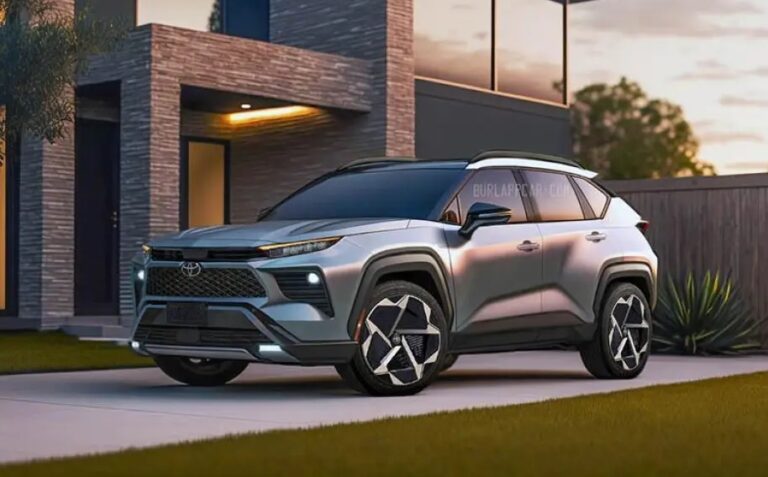2027 Toyota RAV4 Hybrid Review, Engine, Interior
2027 Toyota RAV4 Hybrid Review, Engine, Interior – Along with its gas-only sibling, the RAV4 Prime plug-in hybrid (PHEV), the 2027 Toyota RAV4 Hybrid is the brand’s best-selling gas-electric model in Canada. With the exception of a new Army Green paint color available on select trims, it is identical to the 2023 model.
There are five different RAV4 Hybrid trim levels, with the LE starting at $37,880, which includes a $1,930 non-negotiable delivery fee. After testing the next-up XLE, which starts at $40,980, the SE, XSE, and Limited follow at $48,880. The total cost of my XLE tester, including the Woodland package and the additional Army Green paint, was $43,860 before taxes.
2027 Toyota RAV4 Hybrid Redesign and Update Plan
Interior and Exterior
The XLE is a trim level higher than the base LE in this case. A sunroof, power tailgate, power driver’s seat, cargo privacy cover, heated front seats, push-button start, rain-sensing wipers, and a heated steering wheel (available on all trim levels) are all standard on the XLE. Along with the eight-inch central touchscreen that comes with wireless Apple CarPlay and Android Auto connectivity, the XLE level also comes with a three-year trial of remote connection services. It is also possible to subscribe to both of them for a Google-based navigation and app system.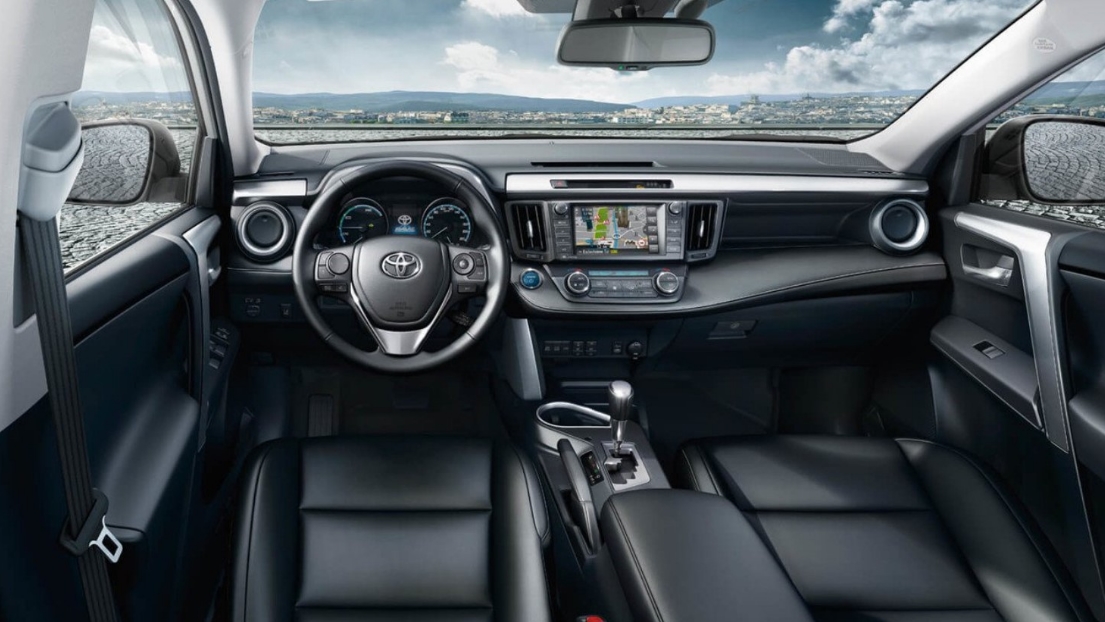
2027 Toyota RAV4 Hybrid Specs
The driving experience is comparable to the power: the car bends cleanly, is confident and well-planted on the highway, and has steering that responds well but lacks feel. It is easy to maneuver in confined spaces and parking spaces because of the turning circle’s tightness. Selectable drive modes, such as eco and sport, modify the responsiveness of the engine and transmission. Consider the Woodland’s trail drive mode, which also modifies the AWD, as a little extra traction on a cottage road as opposed to a genuine trail.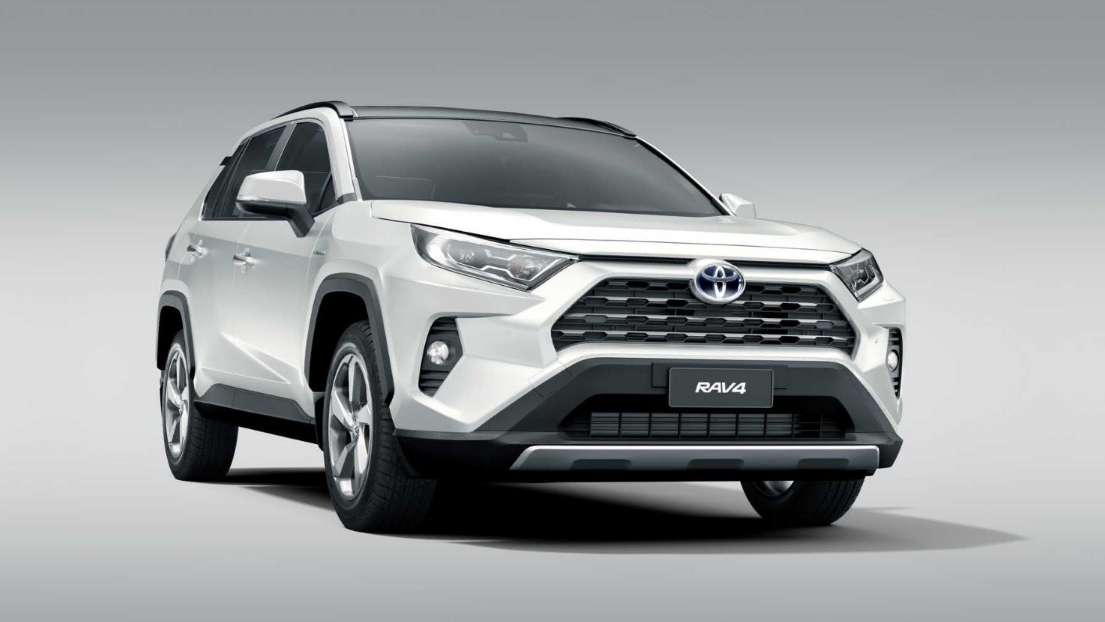
Depending on the driving conditions, the hybrid system automatically and nearly flawlessly converts between electricity, gasoline, or a combination of both. The “EV Mode” button is meant to keep the RAV4 running only on electricity at low speeds, but it does so automatically nevertheless, and the function cuts off if you press the throttle too hard. 2027 Toyota RAV4 Hybrid Review
Engine and Performance
A 2.5L four-cylinder engine that produces 176 horsepower and 163 lb-ft of torque on its own can be found under the hood. Together with the hybrid electric motor, you can get up to 219 horsepower. The technology uses an automated continuously variable gearbox (CVT) to drive the front wheels.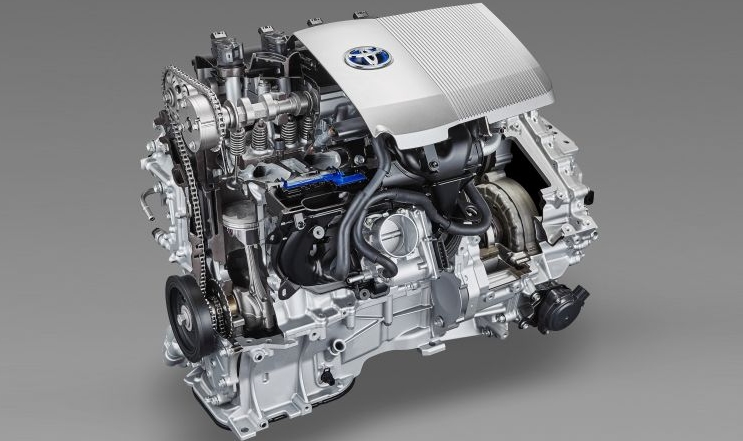
Another electric motor drives the rear wheels fuel-free when necessary to provide all-wheel drive (AWD), which is standard on all trim levels. Regenerative braking, which recovers energy lost while deceleration, and a front-mounted electric motor power the hybrid battery. The RAV4 Hybrid is not plugged in. (In addition to its hybrid capabilities, the RAV4 Prime has some all-electric range.)
The RAV4 Hybrid performs well for daily driving and has power that is about average for the class. Compared to the gas-only RAV4, the 2027 Toyota RAV4 Hybrid Redesign is smoother and more enjoyable to drive generally, albeit it can make noise when accelerating quickly.
2027 Toyota RAV4 Hybrid Fuel Economy
According to Natural Resources Canada (NRCan), the RAV4 Hybrid officially achieves 5.8 L/100 km in city driving, 6.3 L/100 km on highway driving, and 6.0 L/100 km combined driving. When you factor in the Woodland’s aerodynamically problematic roof racks and knobby tires, that comes to 6.4 L/100 km.
During my week of driving, which was primarily on highways and in cold weather—conditions that shorten a hybrid’s battery life—I averaged 7.5 L/100 km. The combined fuel efficiency rating of the gas-only RAV4 is 8.0 L/100 km. These official numbers are comparable to those of its hybrid rivals, which include the Ford Escape 6.0, the Kia Sportage 6.2, the Hyundai Tucson and Honda CR-V 6.4 combined. 2027 Toyota RAV4 Hybrid Review
2027 Toyota RAV4 Hybrid Safety Features
The US NHTSA gave the RAV4 Hybrid the highest possible grade of five stars following thorough crash testing. The 2023 RAV4 was one of the Insurance Institute for Highway Safety’s (IIHS) Top Safety Picks from the previous year. It only managed a “Acceptable” in the more current side collision and mild front overlap tests, while receiving a perfect score of “Good” in all of the earlier testing. While the latter considers the potential for injury to both front-seat and rear-seat passengers, the former more closely simulates the impact of being struck by a larger SUV.
It received a Top Safety Pick for the 2023 edition because to its “Acceptable” side test findings. Since only cars that score “Good” on that test will be eligible for prizes in 2024, the 2024 model is probably going to lose the distinction, which had not happened at the time of writing. All trim levels come equipped with driver-assist safety features like adaptive cruise control, a back-up camera that is required for all new cars sold in Canada, and emergency front braking that detects pedestrians and oncoming traffic when you’re turning left. Only the highest Limited trim level, as well as the XSE with its Technology pack, comes with a panorama camera and emergency rear brakes. 2027 Toyota RAV4 Hybrid Review
2027 Toyota RAV4 Hybrid Release Date And Price
The price range for the 2027 Toyota RAV4 Hybrid is $37,880 to $48,880. It isn’t qualified for any federal or provincial subsidies because it doesn’t plug in. The starting price of the RAV4 Prime is $52,880. 2027 Toyota RAV4 Hybrid Review
There are competitors to the RAV4 Hybrid, but they all have less trim options than the 2027 Toyota. With delivery included, the 2024 Sportage costs approximately $39,020 to $45,720, the Hyundai Tucson costs $42,524; the Ford Escape with AWD costs $45,544 to $49,974; and the Honda CR-V costs $48,275.
